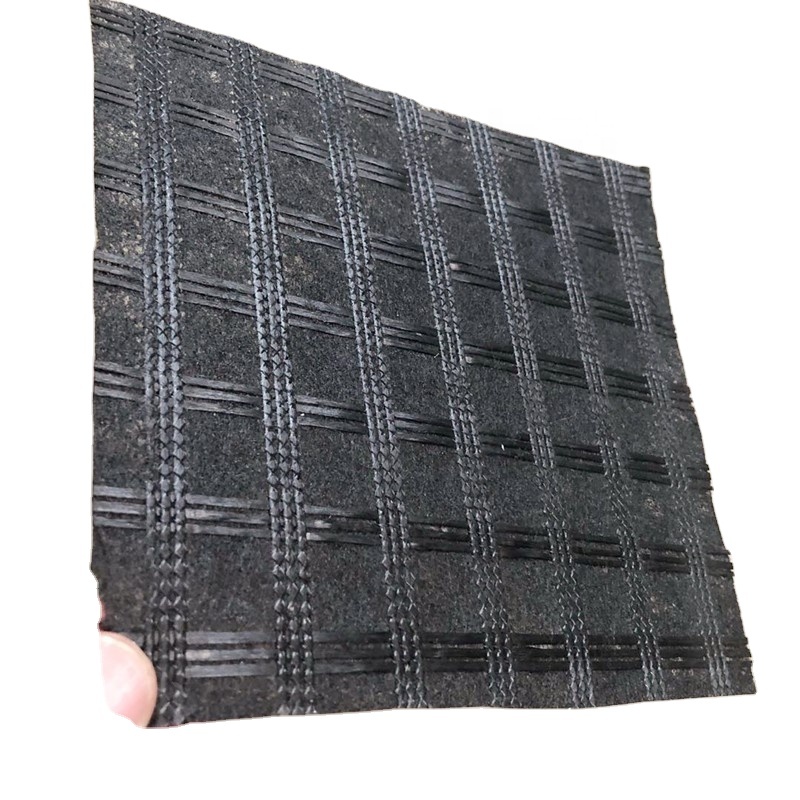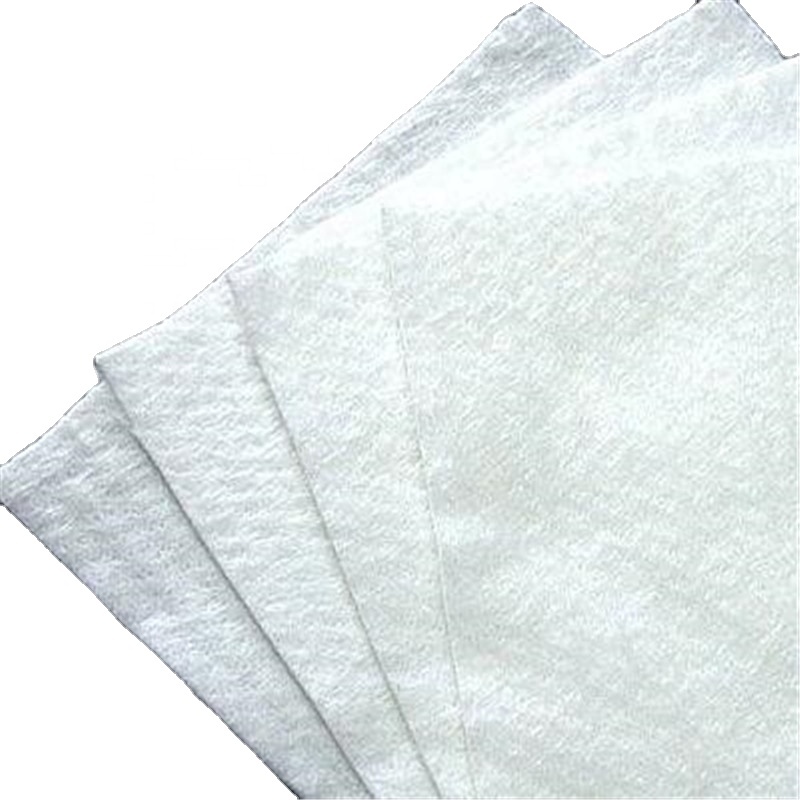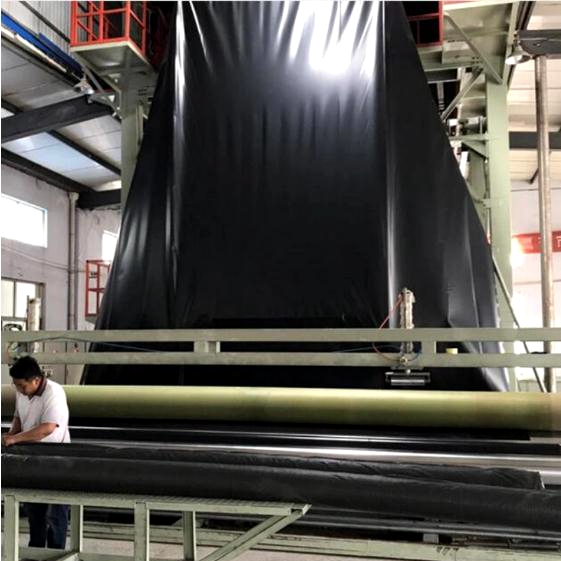Geotextiles are a versatile and essential component in many construction projects, providing functions such as separation, filtration, drainage, reinforcement, and protection. Here’s a guide to when and why you might need geotextiles in your construction projects:
1. Separation
When to Use:
- Road Construction: To prevent the mixing of different soil layers, which can weaken the road structure.
- Railway Construction: To separate the subgrade from the ballast, maintaining the stability and performance of the track.
- Embankments: To prevent the intermixing of different soil types that can lead to settlement issues.
Why Use:
- Maintains the integrity of different materials.
- Prevents contamination and intermixing.
- Enhances the lifespan and performance of the construction.
2. Filtration
When to Use:
- Drainage Systems: Around drainage pipes or trenches to allow water flow while preventing soil from clogging the drainage medium.
- Erosion Control Systems: On slopes, riverbanks, and coastal areas to allow water to pass through while retaining soil particles.
Why Use:
- Ensures effective water drainage.
- Prevents soil loss and maintains soil structure.
- Reduces the risk of clogging in drainage systems.
3. Drainage
When to Use:
- Roads and Highways: Under pavements to facilitate sub-surface drainage and prevent water accumulation.
- Retaining Walls: Behind retaining walls to relieve hydrostatic pressure by allowing water to drain away.
- Green Roofs: To provide drainage while retaining soil and plant roots.
Why Use:
- Prevents waterlogging and related damage.
- Reduces hydrostatic pressure.
- Promotes stability and longevity of structures.
4. Reinforcement
When to Use:
- Slope Stabilization: On steep slopes to reinforce the soil and prevent landslides or erosion.
- Retaining Walls: As part of the wall structure to increase stability and load-bearing capacity.
- Pavement and Roadway Construction: To reinforce the base and sub-base layers, reducing deformation under loads.
Why Use:
- Increases the load-bearing capacity of soils.
- Enhances stability and reduces deformation.
- Prevents structural failures and prolongs the life of the construction.
5. Protection
When to Use:
- Geomembranes: As a protective layer over geomembranes in landfill liners, reservoirs, and tunnels to prevent puncture or damage.
- Waterproofing Systems: To protect waterproofing membranes in roofing and foundation systems from damage during backfilling or use.
Why Use:
- Prevents physical damage to sensitive layers.
- Enhances the durability and effectiveness of waterproofing systems.
- Reduces maintenance and repair costs.
Practical Examples
Road Construction
In road construction, geotextiles are used beneath the pavement layers to separate the subgrade from the base course. This prevents the upward migration of fine soil particles into the aggregate base, maintaining the structural integrity of the road.
Erosion Control
On a construction site with a steep slope, geotextiles are laid on the surface to hold the soil in place while allowing water to drain through. This prevents soil erosion during heavy rains and promotes vegetation growth for long-term stabilization.
Drainage Systems
In the construction of a drainage trench, geotextiles are wrapped around the aggregate surrounding the drainage pipe. This configuration allows water to enter the drainage system while keeping soil particles out, ensuring efficient and long-lasting drainage.
Retaining Walls
When constructing a retaining wall, geotextiles are placed behind the wall to facilitate drainage and prevent the buildup of hydrostatic pressure. They also reinforce the soil, enhancing the overall stability of the wall.
Conclusion
Geotextiles are indispensable in various construction scenarios, offering solutions that improve the performance, durability, and sustainability of projects. Whether for separation, filtration, drainage, reinforcement, or protection, understanding when and why to use geotextiles can significantly enhance the effectiveness and longevity of your construction endeavors.



